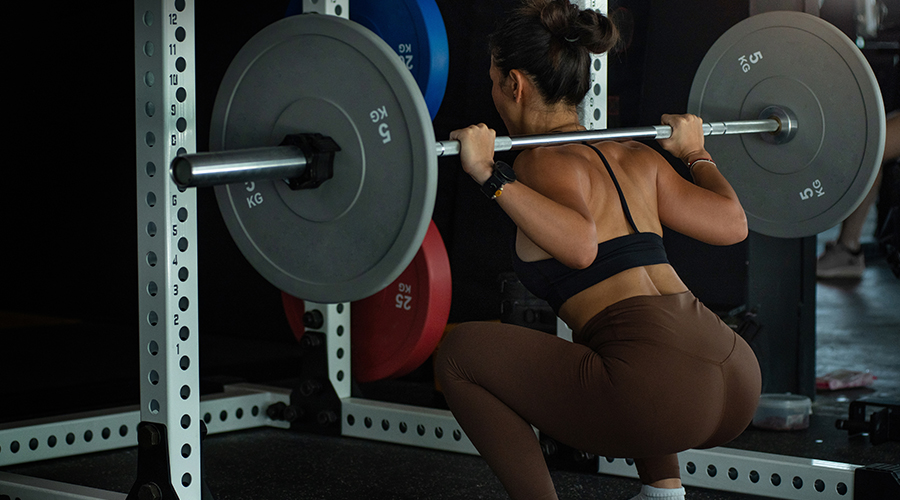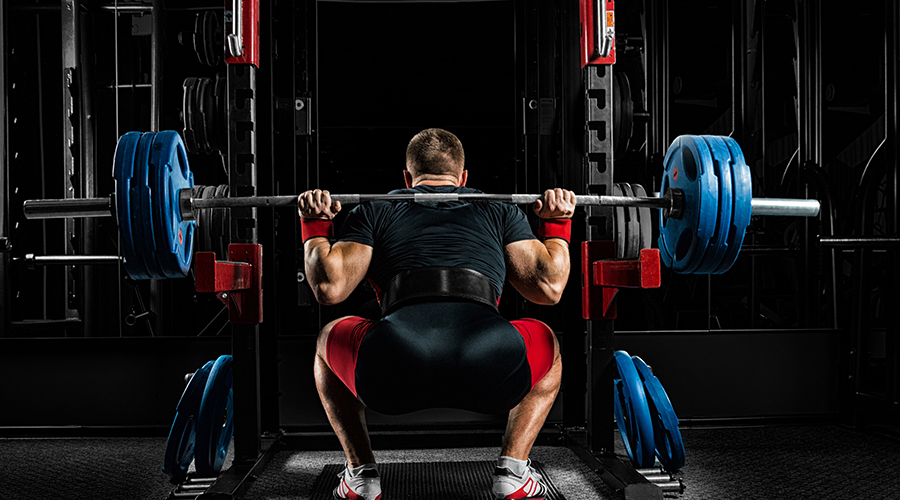Why Do Your Squats Hurt Your Back & Knees?
13 November 2024
Hello Ziddis! We are back with yet another set of relatable problems with practical solutions for you. A show of hands for anyone who experiences sore back, lower back pain or knee pain after doing some good old squats? If yes, you are in the right place. Let’s hop right in!
Why do Squats Hurt?
Squats are the best glute and lower body exercises. It is a powerhouse exercise that helps you strengthen your legs and your core while boosting your fitness. A set of 20 squats can burn around 10 calories and would take less than 5 minutes. Imagine the level of fitness you would be achieving in a half an hour session for your lower body!
But, if you have started experiencing pain in your back or knees while you squat or after your squatting, that could be a sign to stop and ponder. Does that mean squats aren’t for you? Maybe. Does that mean you are doing it wrong? Possibly. Should this stop you from getting fitter? Not at all!
So let us understand why squats hurt and how to best keep it at bay.
Why Do Your Knees Hurt When Squatting?
Squatting is often mistaken as a knee-intensive exercise. It is in fact powered through by your hips and glutes. So why do you experience sore knees after a squats session? This could be because of many reasons:
- Wrong Technique: You must be squatting at the wrong depth. If you go too low, you could overstrain your knees. While coming back up, it is your core and your hip that need to push you up not your knee.
- Misalignment: Your knees could be going inwards and locking in making it very difficult and painful to keep repeating the squat motion on a loop.
- Past Injuries: If you have had past knee injuries, that could also cause sore knees after squatting. It is always advisable to respect our body’s boundaries when practising a fitness routine. You could consult a physician before you start working out or if you feel discomfort while you work out.

How to Reduce Knee Pain When Squatting
Knee soreness while doing squats is fixable if it is because of your posture, technique or alignment. Here is how:
- Keep your knees in line with your toes
- Your chest must stay upright and not bend at your waist
- Your body weight needs to feel distributed well and not too much on your knees
- When you get back up, use the strength in your core and hips, not knees.
- Do not tilt on one side more.
- Do not dip too low.
- Warm-up the right way
- Build more strength in the glutes, thighs and hip muscles by doing lunges, glutes bridges, and step-ups. These exercises are also great for knee mobility.
- Do not add more external weights for goblet squats than you aren’t yet ready to handle.
Whenever you start experiencing knee pain after squats, try to understand if your knees lock when you do squats. Do your calves feel tighter? Do your ankles feel heavier? Does your hip movement feel unnatural? If yes, this could be leading to knee pain. Try stretching before you start squats and your a resistance band to keep your knees from locking in.
Using the right gym wear like a comfy pair of jogger pants that are not restrictive can help in your movement and reduce the chances of injury.
Back Pain After Squat
One of the most common issues highlighted by fitness newbies is how they experience back pain after squats. And this is something to ponder upon. If you are experiencing back pain after squats, think of how you can do a lower-body workout that can relieve the ache in your upper body.
Here is why it could possibly be happening:
- Overarched Spine Movement: You could be bending ahead when dipping and backwards when coming back up. This could cause a lot of discomfort in your spine.
- Low Core Stability: Your core must be weak and not able to take the weight of your body well so it pushes the movement to your back.
- Uncontrolled Movement: You must be bouncing at the dip of your squat.
How to Avoid Lower Back Pain After Squats
- Warm-Up Properly:
A good warm-up session is the key to reducing back pain after squats. You must stretch well to avoid any injury due to tightness in your back. - Prep Your Core:
You must prepare your core as though taking a punch in the stomach. A tight core can make any exercise double in outcome for you. - Go slow:
Your squat movement should be slow and not give your back jerks.
Key Takeaways
Fixing your squat isn’t just about avoiding pain; it’s about maximizing strength and performance while protecting your body. Priorities form, mobility, and progression, and listen to your body. When done correctly, squats can become your favourite pain-free powerhouse exercise!









 100% Safe & Secure payments:
100% Safe & Secure payments:




